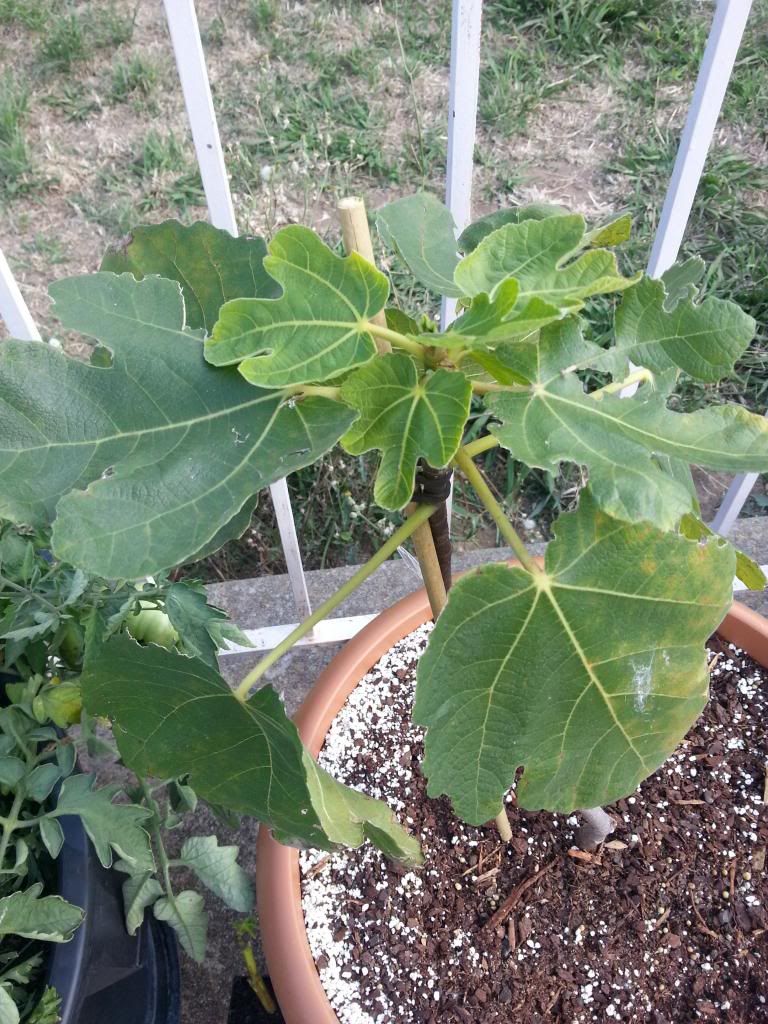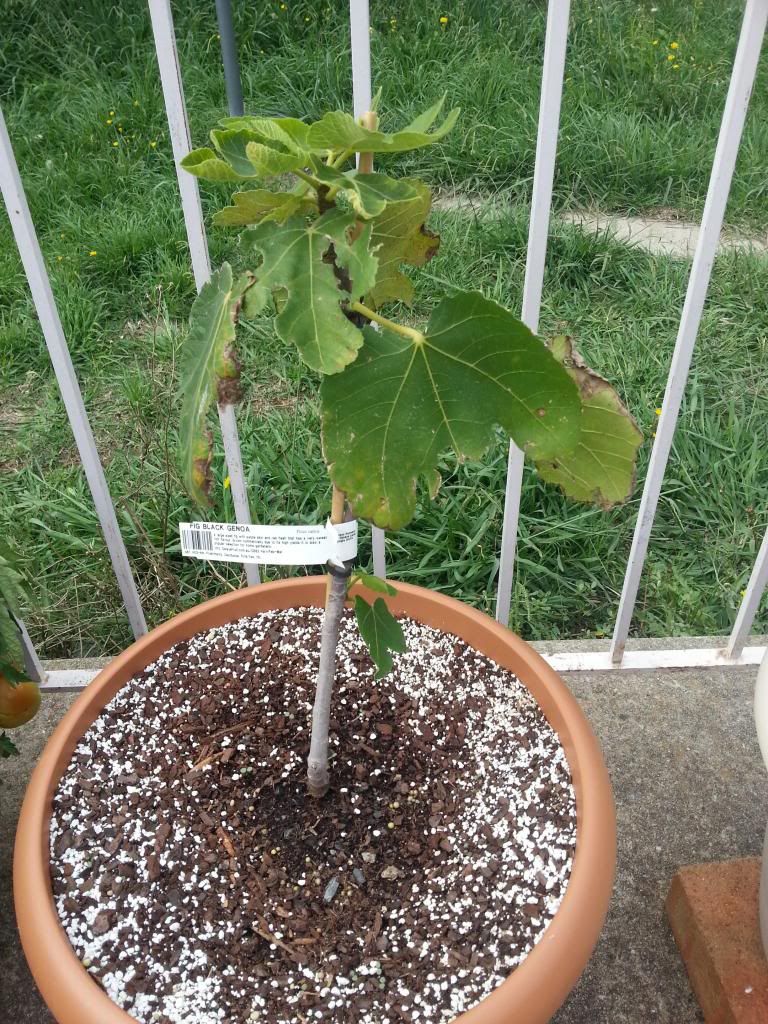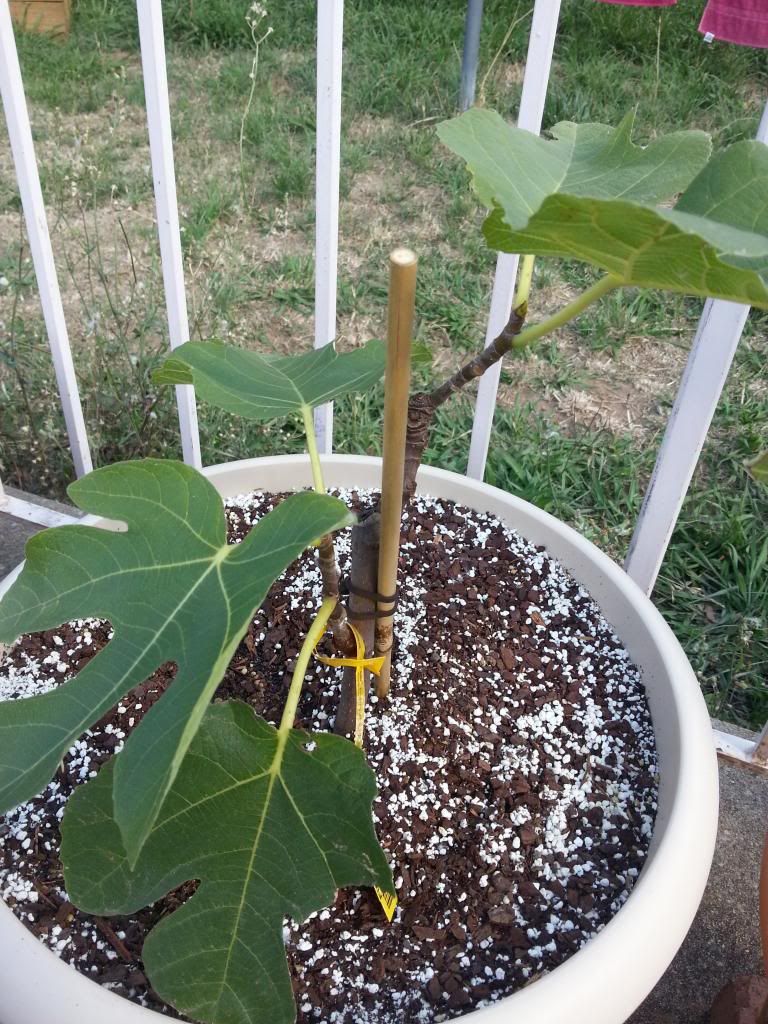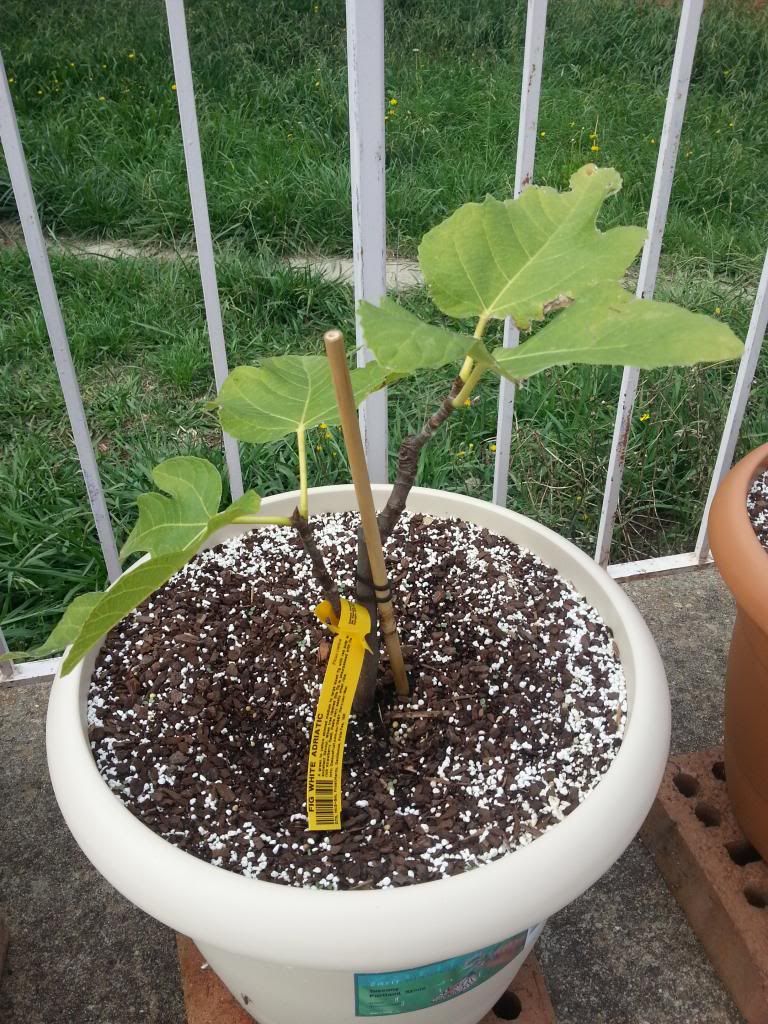Today will be a short post, but a useful one, especially for those who, like me, are only just starting to plant out their seeds for Spring.
Usually its better to get this done a few weeks earlier, but I have been busy. I should still get some crops out of these plants, but later in the season.
Usually its better to get this done a few weeks earlier, but I have been busy. I should still get some crops out of these plants, but later in the season.
Germinating Seeds the Fool-Proof Method.
Germinating seeds is pretty easy right? Dig a hole, put the seeds in and water?
Nope!
Well, some seeds are that easy, but for the majority you are going to want to take a few extra precautions to ensure you get the very best germination rates possible.
Lets start by clearing one thing up, it is unlikely you will get 100% germination of all your seeds, whatever method you choose. Some seeds are just duds right out of the packet, whether it be from physical damage while harvesting, or improper storage, or genetic defects- no matter what you do some will simply never germinate.
Some plant types germinate easier than others. Tomatoes, curcubits such as pumkins and cumbers and squash, beetroot, silverbeet, corn... These and many others are great and easy to germinate, and in fact tomatoes and pumkins especially quite readily self seed from your compost heap, and can appear all by themselves in your garden.
Others though, plants such as chillis (especially super-hots) and capsicums, some eggplant and many others are more difficult wanting the correct temperature and moisture levels before they even think about germination.
This germination method is simple, and will germinate almost any type of seed you have.
You Will Need
An electric propagator. You can pick these up at bunnings or your local big hardware store for around $15. You don't need to get an electric one if you really don't want, but they are absolutely great in Canberra, and allow you to get a jump start on the season by starting your seeds in later winter (just don't put your fragile seedlings outside when there is risk of frost or cool temperatures all day (<9o C).
Seed raising mix. Any brand will do.
Perlite. Any brand will do. I have discussed perlite in some of my other posts regarding soil mixes, it is an expended glass formed in volcanoes and can hold water and exchange nutrients for your plants. It is lightweight and allows for extra aeration of your soil, helping prevent it getting too wet and causing root-rot for your plants.
The Method.
Start by adding some seed-raising mixture to a container, and then add an equal amount of perlite.
Mix this around well.
Once well combined get some water and add it to the mix, but not too much, about 1-2 cups at a time, and then use your hands to mix it all up. We use our hands so we can tell the dampness of the mixture. Ideally we want it to be about the same dampness of a wrung-out dishcloth. We do NOT want it to be wet.
Wet soil causes seeds to rot, especially those that take some time to germinate.
We add our water to the seed-raising mixture now to ensure that the mix is evenly moist, and that we don't over-water our seeds.
 |
| Seed-raising mix and perlite 1:1 |
After you have mixed together your perlite and seed-raising mix, find the seeds you wish to germinate. Fill a container with warm water, and drop the seeds into it.
 |
| Seeds added to warm-water. Forgive my messy scribblings! |
Leave the seeds in the water for about 10 minutes, and in the meantime fill you seed tray that came with the propagator with your seed-raising mixture.
Planting Your Seeds
When planting your seeds into the seed tray it is important to plant to the right depth. Large seeds such as pumpkins produce a large seedling with relatively more energy, that needs to be planted deep. Small seeds such as basil or poppy produce tiny seedlings which will run out of energy and never reach the surface if planted too deep.
As a rule of thumb plant each seed to 1-1.5 the depth of the size of the seed. So if a tomato seed is 1.5-2mm in size, plant it roughly between 2mm-2.5mm deep. For really fine seeds, it is enough to simply sprinkle them on top of the seed raising mix.
Some seeds, such as the curcubits (pumpkins/cucmbers/squash etc) or even seeds such as apple seeds, the seeds are large enough to determine two distinctly different ends. In the case of larger seeds, plant them pointy side up, otherwise the seeding will have to waste energy righting itself in the soil.
After planting, all you have to do now is plug in the propagator and turn it on! Leave all the vents closed until the seedlings emerge. This allows moisture to remain inside the unit.
You shouldn't have to water the seedlings during this time.
And that's it, you are done! Keep and eye out because after your seedlings emerge, you will need to open the vents, or remove the cover to prevent a condition called damping-off, where previously healthy seedlings suddenly die due to too much moisture/humidity.
 |
| My propagators with seeds planted and ready to go! |
I like to add a timer to all my units set to allow the propagators to come on for a few hours, and then go off for a few hours. By doing this, I hope to prevent the seeds getting overly warm, and to save energy.
I will follow-up with the progress of these seeds over the following weeks, and follow them into the garden to finally yielding crops!






















































